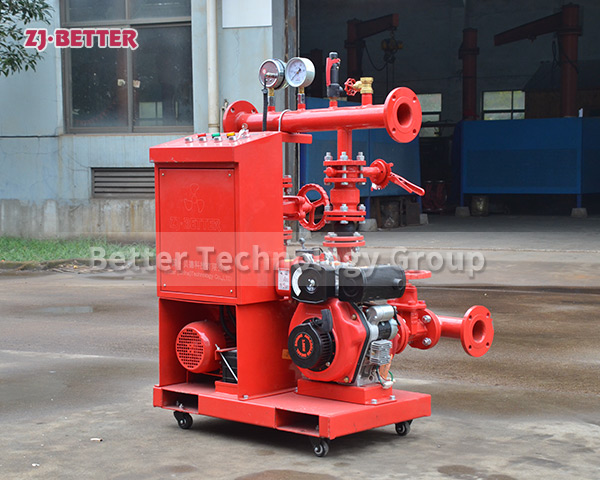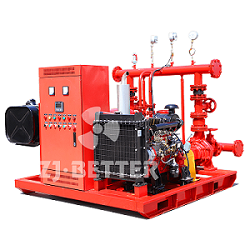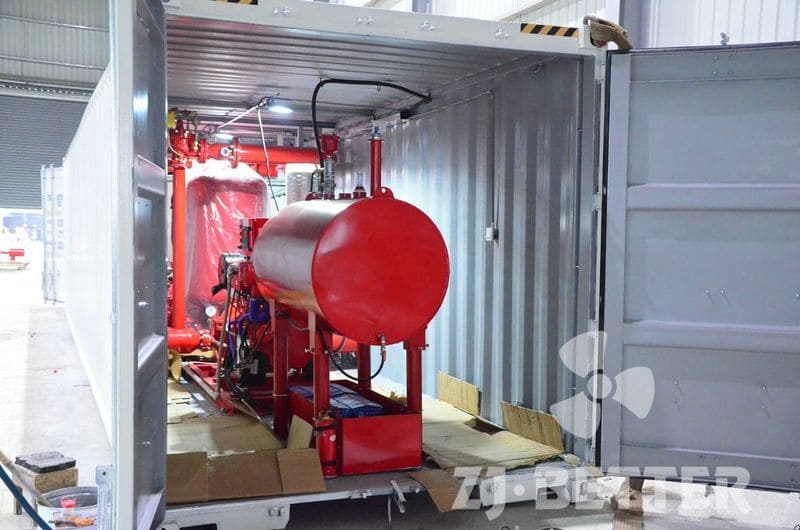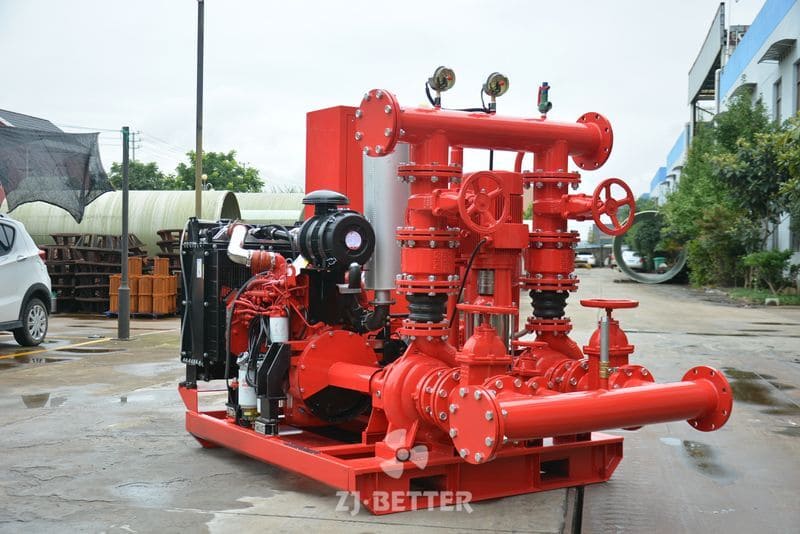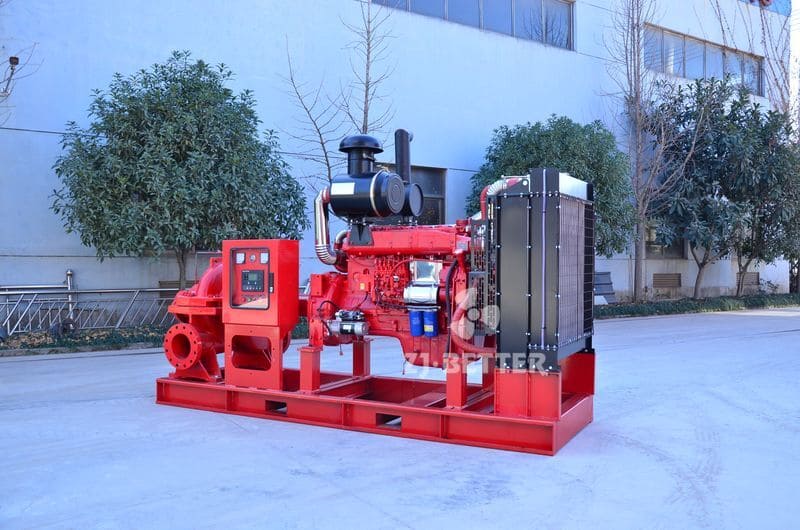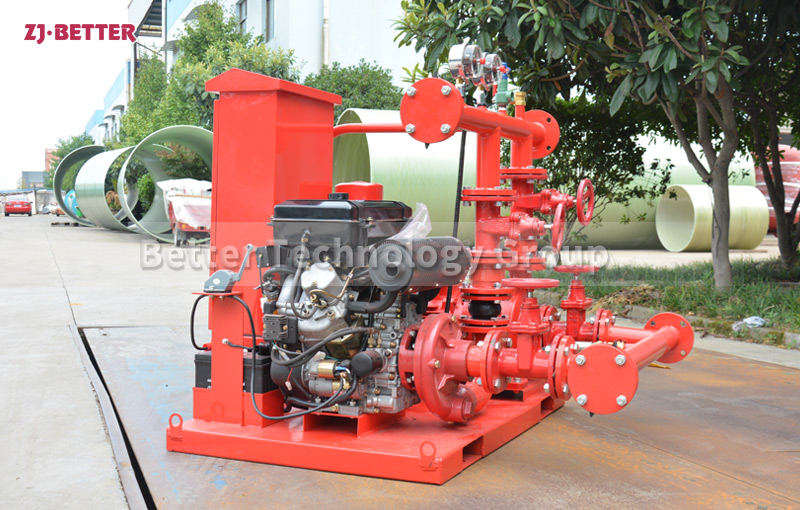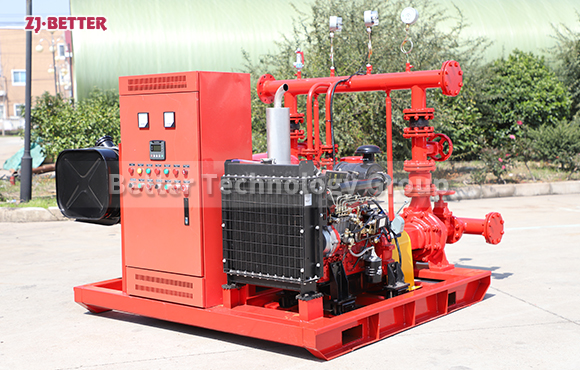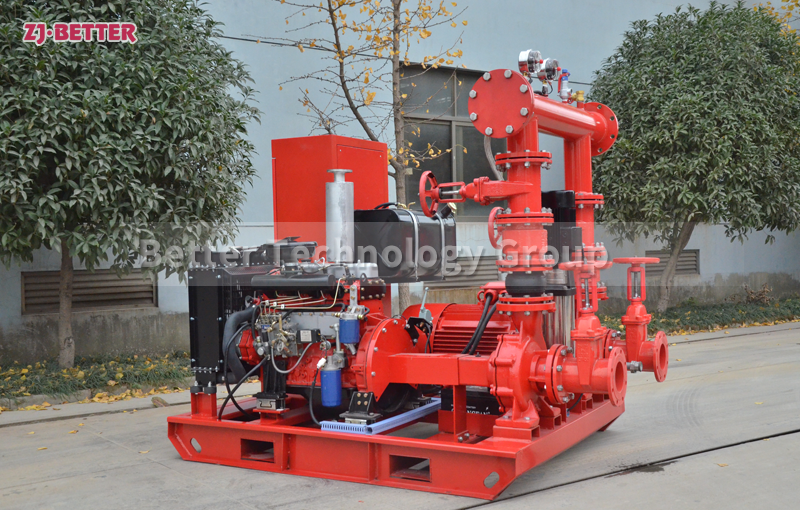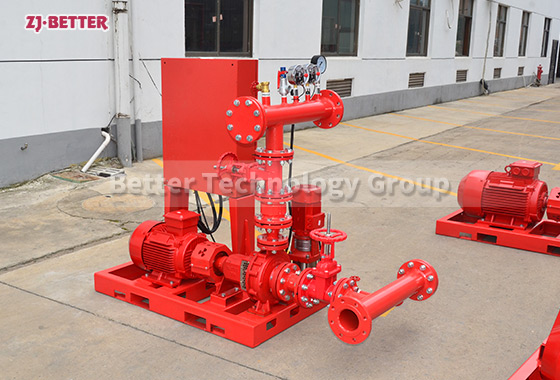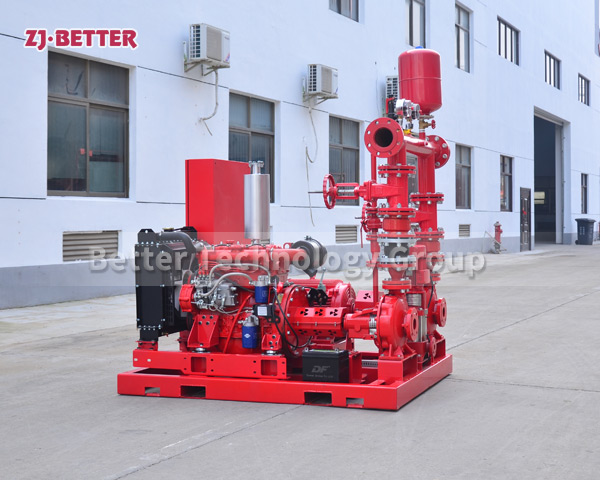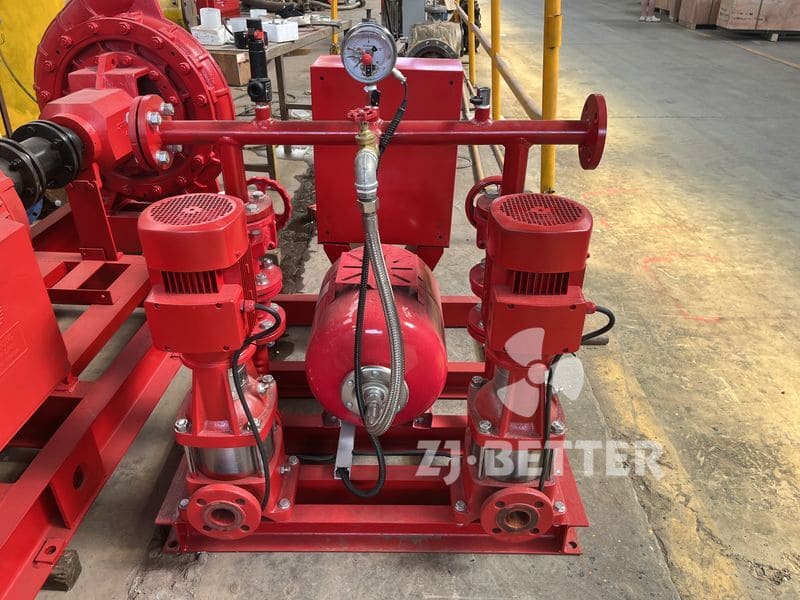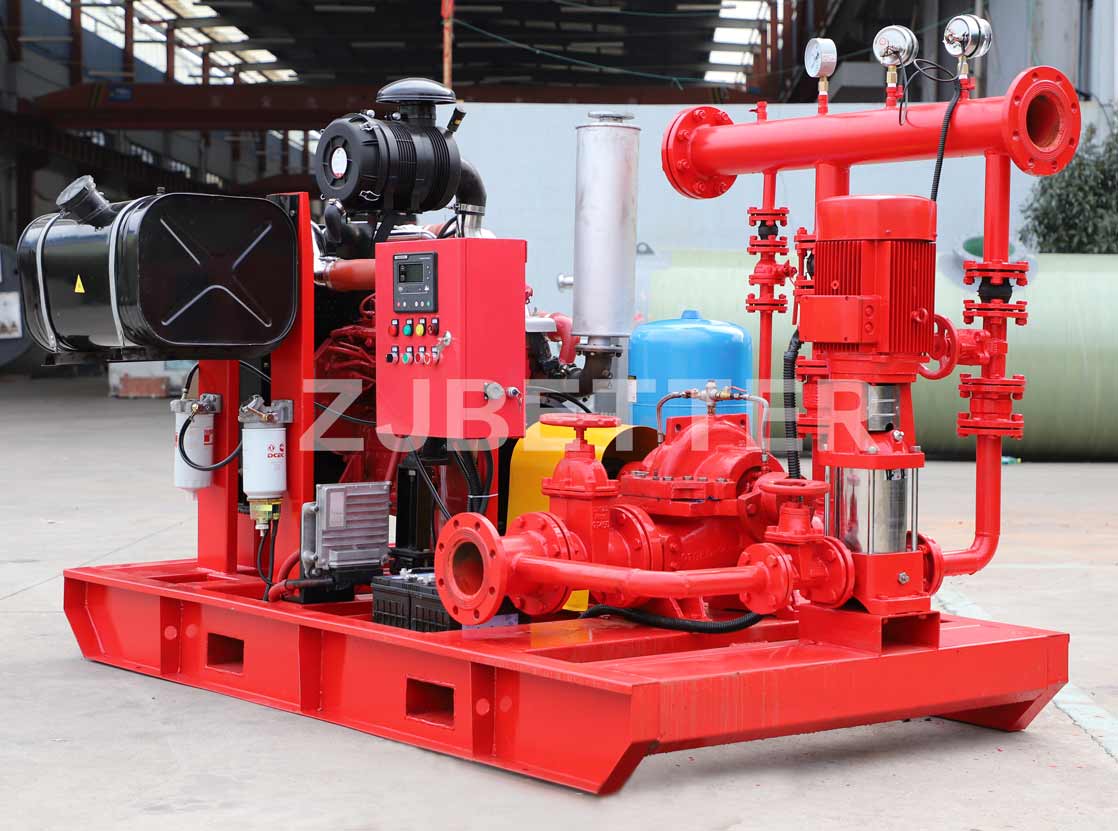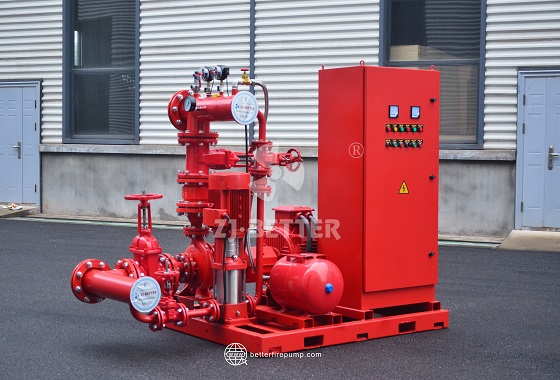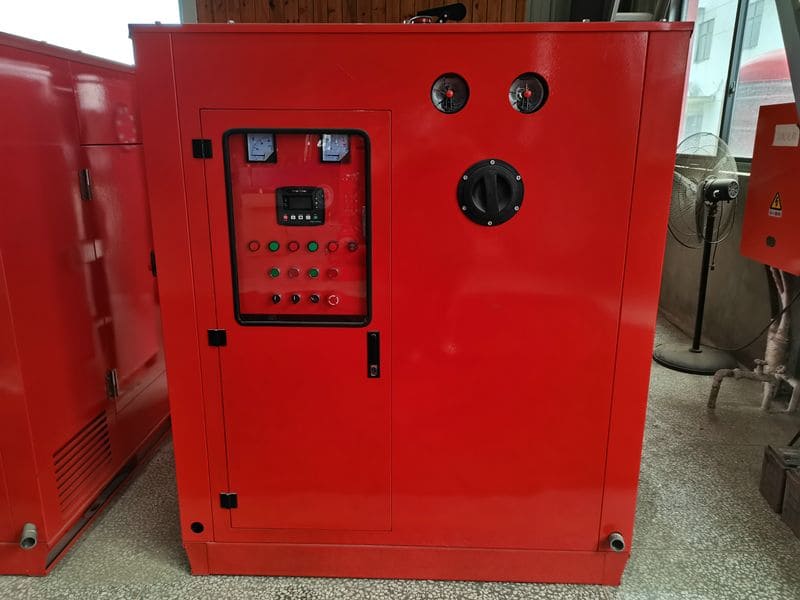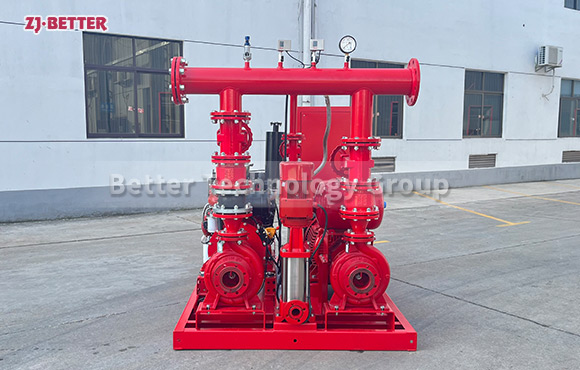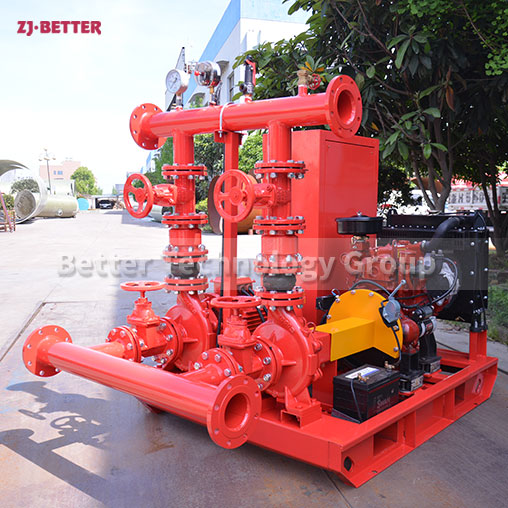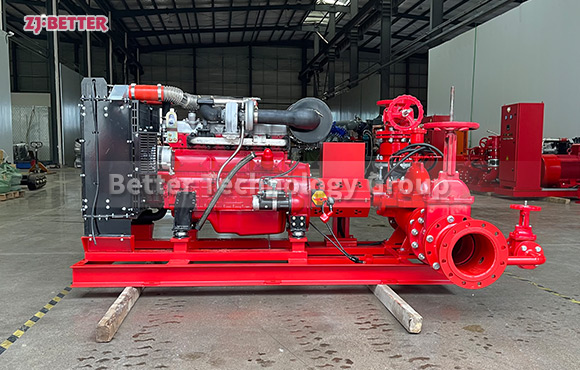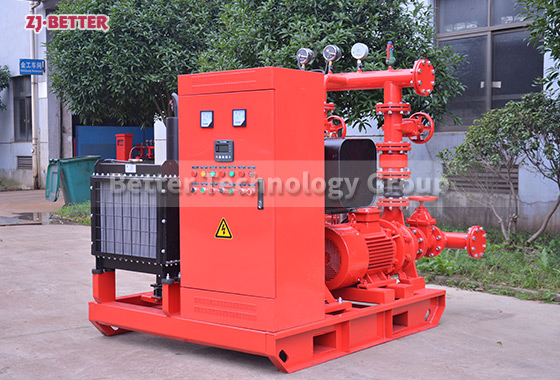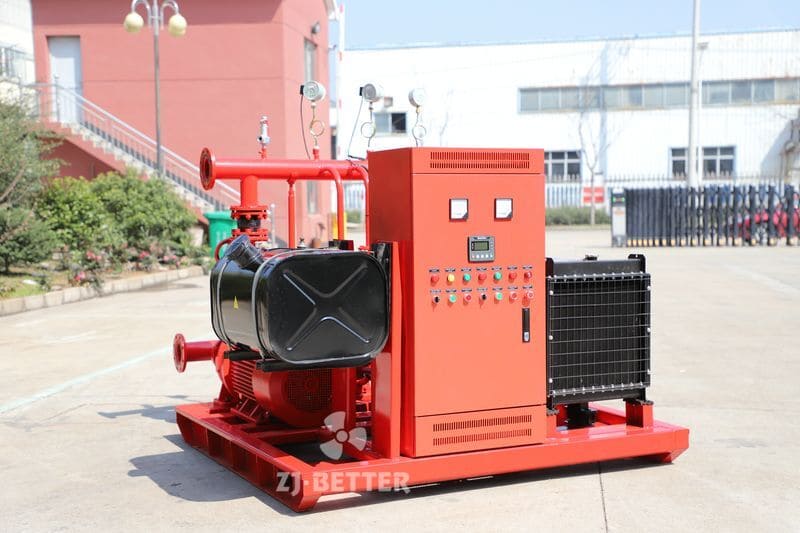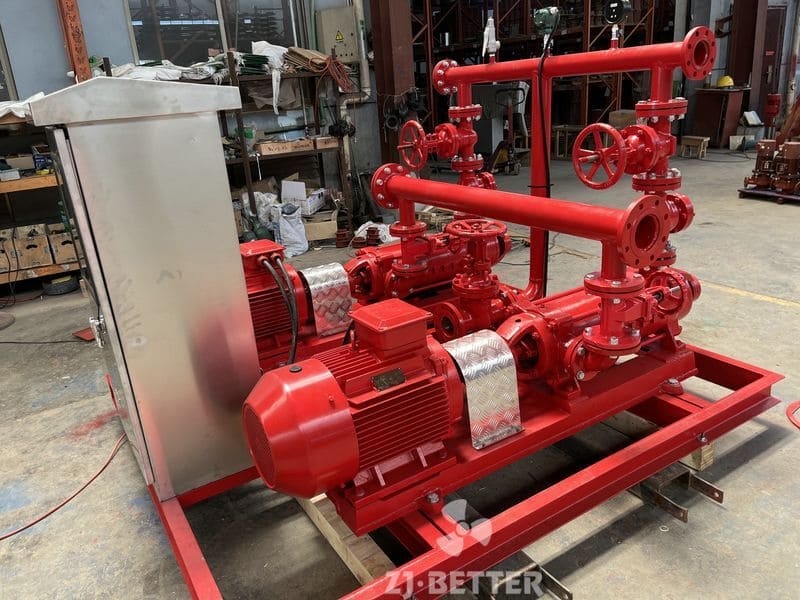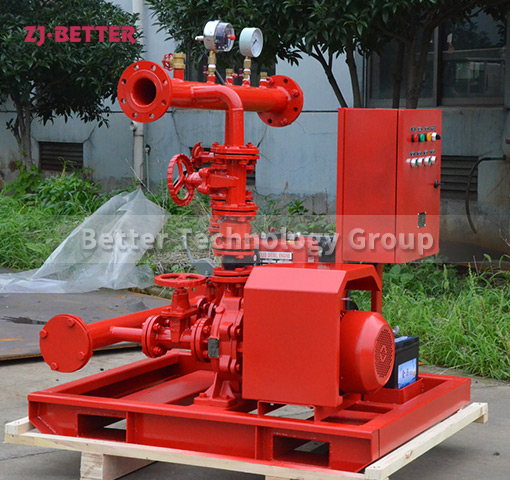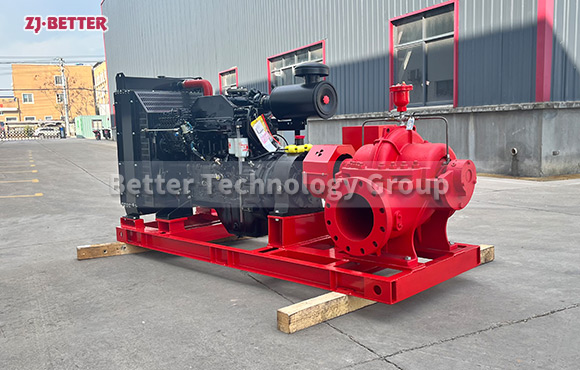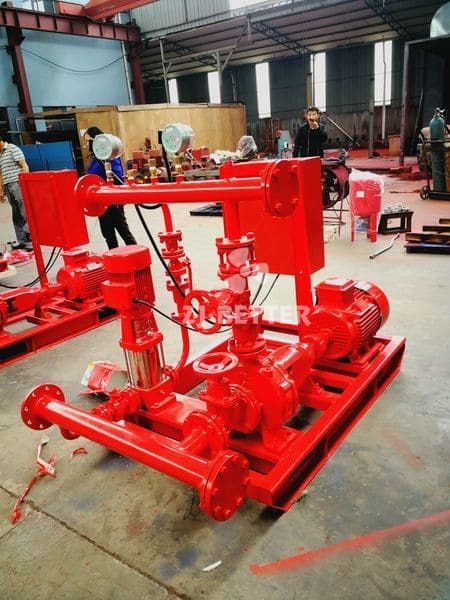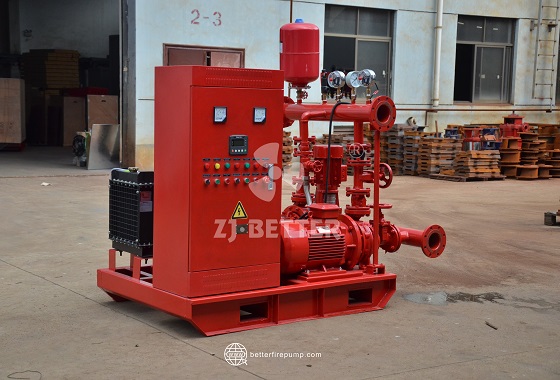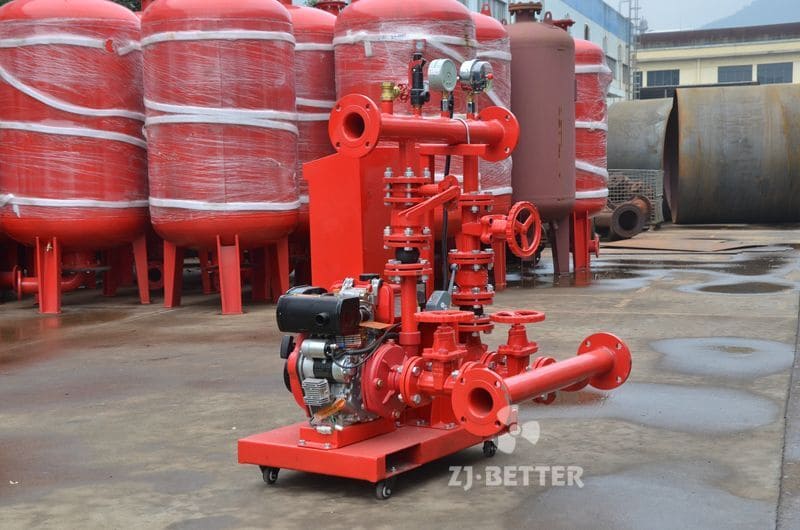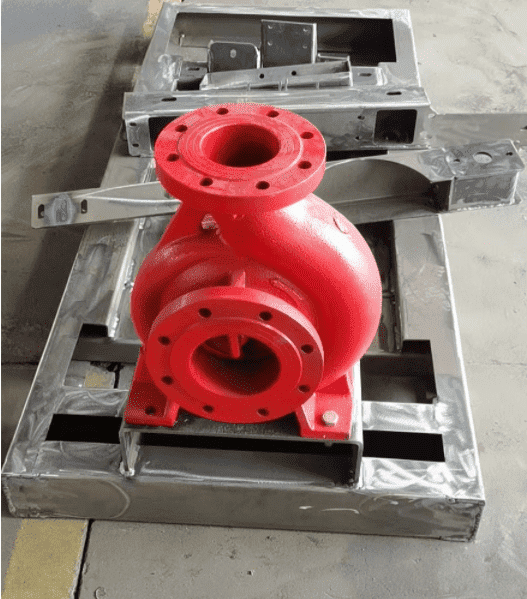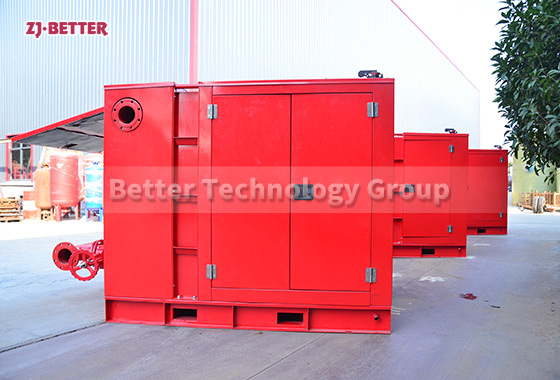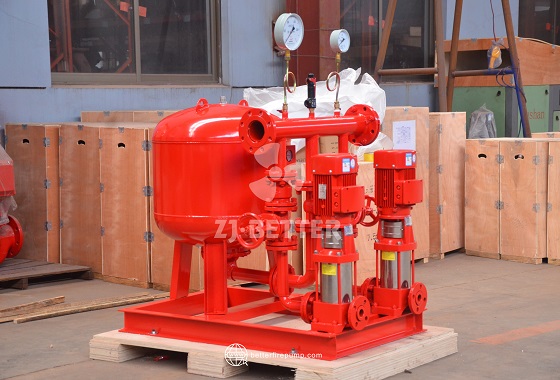Better specializes in the production of diesel engine fire pump sets
Diesel engine fire pumps are aimed at fire-fighting water supply for large-flow, high-lift occasions, and the diesel engine has good starting characteristics, fast starting speed, strong overload capacity, energy saving and does not need to be on standby all the time. The fire pump has complete performance and wide spectrum range. Single-stage single-suction pumps, multi-stage single-suction pumps, self-priming pumps and long-axis pumps can also be used in parallel, with a wide range of flow and pressure. Fire pumps are widely used for fire water supply in warehouses, docks, airports, petrochemical, power plants and other industrial and mining enterprises.
The diesel engine fire pump has a high degree of automation, with automatic, manual and fault self-inspection functions, the whole process monitors the working status, can restore the function of automatic restart after failure to start, automatic pre-lubrication and pre-heating, making the equipment start-up safer and more reliable. The diesel engine fire pump has the functions of remote control and remote transmission control in the central control room, and can also be connected to the field bus. The battery adopts automatic floating charging (constant current, constant voltage, trickle charging) to ensure that the battery is in a standby state at any time.

